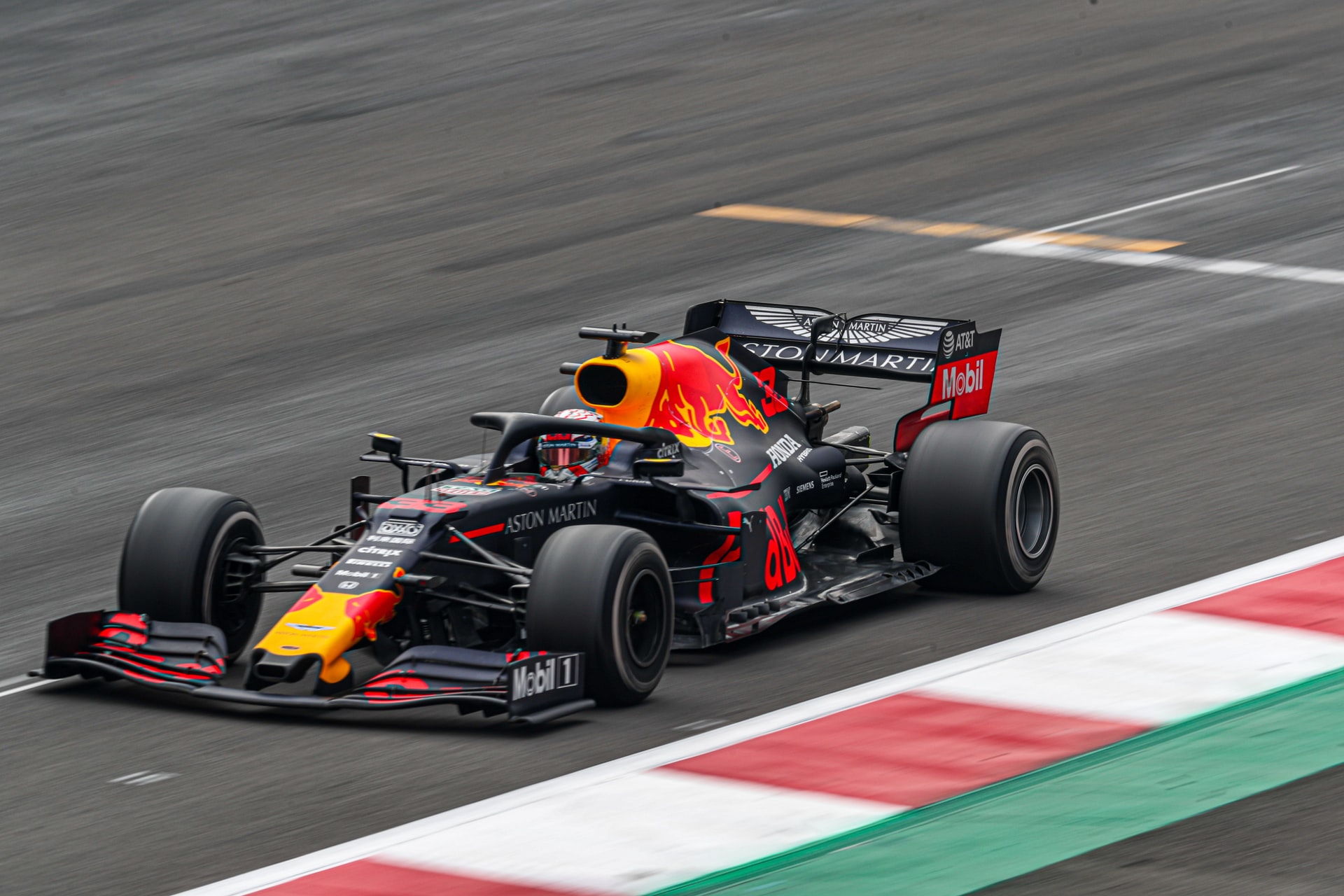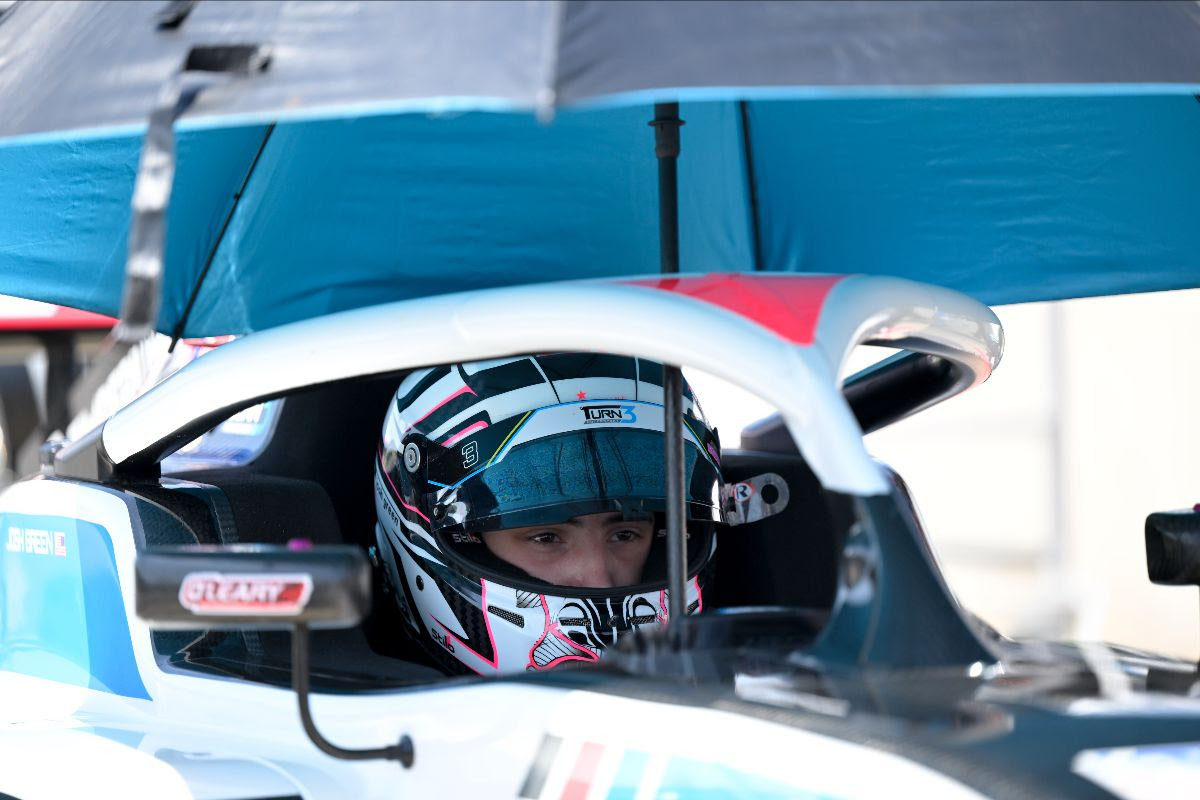In the early days of motorsports, a race car was just that—a car. There were no computers to monitor engine performance, no GPS equipment to help drivers find their way around a track, and certainly no Wi-Fi with which to stream the highlights of a race in real-time.
But times have changed. The modern race car is more computer than a machine. The addition of sensors has been integral to that change.
In this post, you’ll see how these simple pieces of technology have had an enormous impact on how racers drive:
- EGT Sensors
EGT sensors are used to measure the temperature of exhaust gases. Exhaust gases are about twice as hot as the temperature at which water boils, so it’s essential to know how much heat your engine’s getting.
Drivers need EGT sensors as they’ll also tell them if something in the engine is overheating and may even give them a warning before any damage is done. EGT sensors can also tell them when things get too hot in turbochargers—and alert them if that means trouble for their turbocharger.
- The O2 Sensor
To control the fuel-air ratio, the O2 sensor measures the amount of oxygen in the exhaust and transmits that information to the car’s computer. For example, if the engine is running rich and needs more air, an O2 sensor will inform the computer to inject more fuel into your engine. If too much air comes out of your exhaust pipe, an O2 sensor will let the computer know that it needs less gas. That way, they’ll get a consistent amount of power out of every wheel’s turn.
- Throttle Position Sensor (TPS)
A throttle position sensor (TPS) is a pin that measures the amount of air flowing into the engine. Pressing on the accelerator will tell the ECU how much throttle is applied. This is useful because if they want more power from the engine, they need more air to enter it. By measuring this through a TPS, the computer can ensure enough fuel enters the cylinders to run smoothly. Without one of these sensors, an ECU would have no way of knowing how much gas was required and when. The TPSs will have no choice but to guess based on other signals from various sensors over the car’s engine bay or chassis. If everything isn’t working properly, this could lead to some serious problems.
In addition to measuring throttle position (which also tells whether or not you’re accelerating), TPSs measure intake airflow directly behind the car’s throttle plate when they accelerate hard enough for airflow values above zero mph. This means they’ll tell the driver what kind of sound waves are coming out from beneath their hoods based on their speeds and pressures during acceleration tests. This part of the evolution of the modern race cars helps engineers determine which parts might need replacing before another race.
- Airflow Meter
The airflow meter is a sensor that measures the airflow in the car’s intake tract. It does this by measuring the pressure at various points of an engine’s airflow path and calculating the horsepower used. The airflow meter is made out of steel, plastic, and aluminum. It’s installed on most race cars as part of their intake manifold.
- Exhaust Gas Recirculation (EGR) Valve
An EGR valve is one of the most important sensors on a race car. This controls the flow of exhaust gases into the intake manifold. This reduces the temperature of the combustion chamber and, in turn, reduces NOx emissions. It also increases efficiency by reducing unburned fuel. Depending on driving conditions like load or RPMs, drivers can adjust the EGR valve to allow more exhaust gas into their engine.
- Manifold Absolute Pressure (MAP) Sensor
MAP sensors measure the pressure of the air entering an engine. This information is then sent to an electronic control unit (ECU), which determines how much fuel should be injected into the engine. It can also tell you when too much/too little air is coming into your vehicle. This can help boost performance or prevent damage from overheating.
- Wheel Speed Sensors
You’ve probably heard the term ‘wheel speed sensor’ before, but what does it actually do? Wheel speed sensors have been used in race cars for years to measure the speed of the wheels. They determine how much traction drivers have on each wheel and help prevent them from spinning out. In addition to sensing how fast the tires are rotating, they monitor other factors such as acceleration and deceleration so that their car can respond accordingly.
Conclusion
Sensors play a critical role in modern race cars. Sensors monitor the car’s performance, health, and safety. The most critical sensors monitor vehicle performance by collecting data on speed, position, acceleration, and other parameters displayed on a computer screen or via an ECU (Electronic Control Unit). The future of cars will be exciting as sensors become more prevalent in production vehicles.










